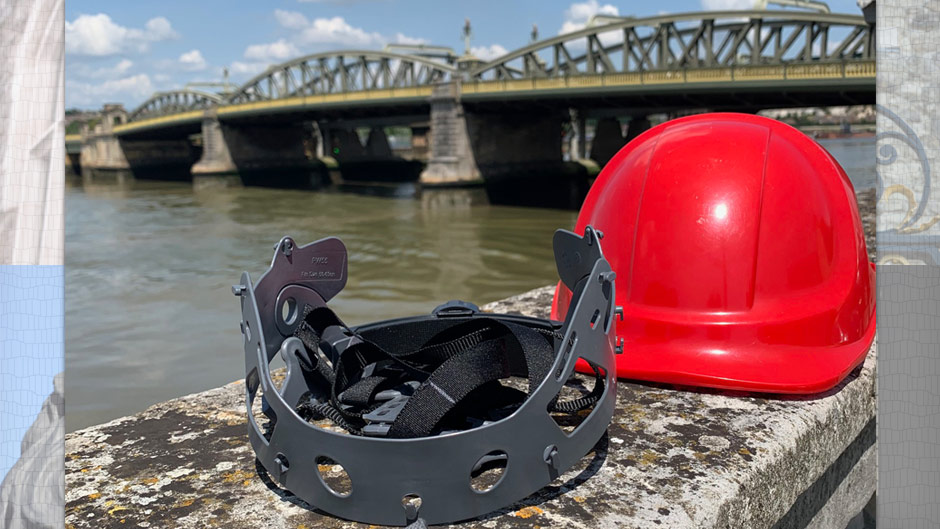On the continuing journey of net zero carbon, it’s important to look at everything, even something so every day to the engineers on site that it can easily be overlooked from a carbon point of view: the hard hat.
Hard hats are an important piece of PPE. They protect our heads in spaces with poor headroom or where there’s a risk of falling objects. To ensure they can keep us safe, hard hats need to be looked after. They also need to be replaced at regular intervals or after any significant impact.
It was recently time to renew some hard hats and so we started to investigate their carbon impact.
This process begins by asking for information from the supplier, but very limited detail was supplied and so instead we approached the question by looking at the individual parts of a hard hat.
Every hat has an outer shell which is normally made of a polycarbonate or high-density polyethylene (HDPE). They also have a HDPE inner section that helps to “suspend” the hard hat over your head. Finally, there’s a cotton sweatband and polyester webbing and straps which combine to provide comfort and stability.
In order to work out the amount of carbon for a hard hat, we basically took one apart and weighed each of the different materials. We could then apply carbon factors to them (which are normally provided in kgCO2e per kg of material).
As such we can estimate our hard hats are approximately 1.2kgCO2e, however we like to talk in trees so that is approximately 0.008 of a tree, or you could say 130 hard hats for one tree.
Is this number perfect? No, probably not, but does this number help us to be accountable and use factors for the materials and weight to give approximate value? Yes.
In addition, we try to further reduce the carbon impact by considering where the suppliers of the hard hats are based, to reduce the delivery distance to our office.


